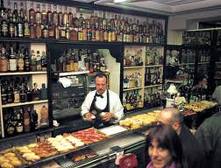 Many potential visitors to the Basque Country tend to ask about The Best Tapas Bars in town. Well, I normally answer telling them that, first of all, there´s no such thing as Tapas Bars. Most bars offer tapas or pintxos. And also, that a Tapa is not a Pintxo. To make it more complicated, a Pintxo is not a Tapa and a Tapa is not a Ración and Pintxos can be divided into Banderillas and The Rest while The Rest may have another subdivision, Pintxos You Eat With Your Hand and Pintxos Served On A Plate…it seems a bit complicated, uh?
Many potential visitors to the Basque Country tend to ask about The Best Tapas Bars in town. Well, I normally answer telling them that, first of all, there´s no such thing as Tapas Bars. Most bars offer tapas or pintxos. And also, that a Tapa is not a Pintxo. To make it more complicated, a Pintxo is not a Tapa and a Tapa is not a Ración and Pintxos can be divided into Banderillas and The Rest while The Rest may have another subdivision, Pintxos You Eat With Your Hand and Pintxos Served On A Plate…it seems a bit complicated, uh?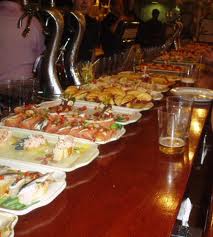
Let´s start by the very beginning: Pintxos (or pinchos) were (and still are) small portions of food that are placed on the counter and you pick them with your hand. The classic one is the Spanish Omelette, served on a piece of bread. You get into the bar, order your drink, and grab the pintxo with your hand. There´s normally a big selection of pintxos on the counter, you can have as many as you want, but the local custom is to have just one with a “zurito” (half a beer) or a glass of wine or cider. In some selected places, mainly located in the Donostia-San Sebastián area, they also offer Pintxos made on order, more elaborate, more expensive, and that are nomally eaten using a fork.
Tapas are not Pintxos. Tapas are complimentary served in many parts of Spain, for free, to go with your drink. They are more basic than a pintxo, and may also be smaller. In some places they call Tapas to Raciones. A Ración is something that is served hot, you have it seated, in an informal way, and normally share several with your friends. And is not free. You may order A Ración of Calamares, of Patatas Bravas (spicy potatoes), of Albóndigas (meatballs), Champis (mushrooms), etc…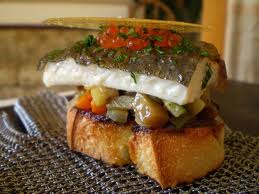
One of the effects of the Pintxos becoming more and more popular is that in many bars in San Sebastián they give you a plate and tell you to place your pintxos on it, then they charge you for them. That is an outrage!! Pintxos and drinks are always paid when you finish and should NEVER be eaten on a plate. It´s not our way and it should never be, pintxos are eaten with your hand and the etiquette says that they are paid based on an honor system: the waiter asks how many you´ve had, and you tell him the truth. No need to count…
Every year we hold a Pintxos Championship. The winner bar will be famous forever and customer will flock in to taste his small culinary preparations…For more info, a useful web is www.todopintxos.com.
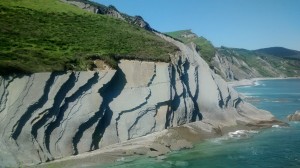 Geologists from all over the world come to this area to study the Earth´s formation and the different prehistoric periods, and some say that the Zumaia flysch covers up 100 million years back.
Geologists from all over the world come to this area to study the Earth´s formation and the different prehistoric periods, and some say that the Zumaia flysch covers up 100 million years back.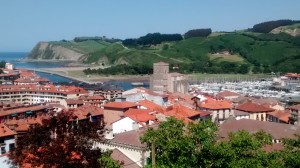 The area is also stunningly beautiful and there´s a beautiful walk along the cliffs, that is part of the Way of St James pilgrimage. A must see during your visit to the Basque Country, taking into account also that Zumaia is close to the quaint fishing ports of Mutriku and Deba.
The area is also stunningly beautiful and there´s a beautiful walk along the cliffs, that is part of the Way of St James pilgrimage. A must see during your visit to the Basque Country, taking into account also that Zumaia is close to the quaint fishing ports of Mutriku and Deba.
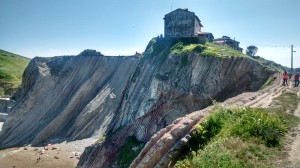
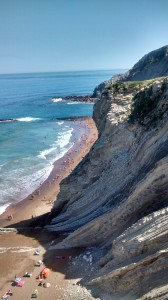
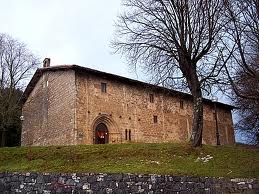
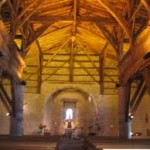
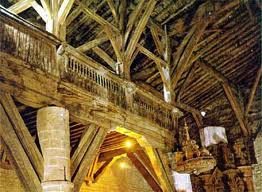

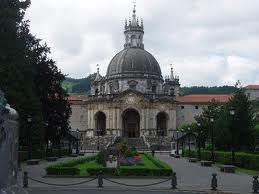
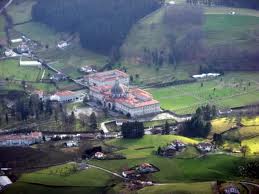
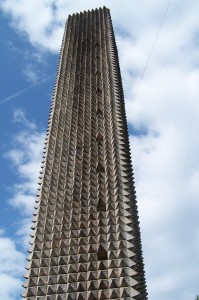
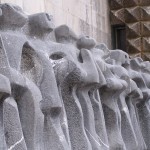
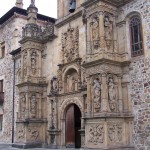
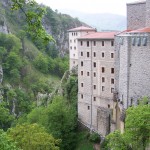
 Many potential visitors to the Basque Country tend to ask about
Many potential visitors to the Basque Country tend to ask about 

 One of the main characteristics of the Basque soil is (well, it was) its rich content in high quality iron. Up to the XVI century, there were around 300 foundries! producing iron for all of Europe. Nowadays, iron still plays an important role in our present industrial activity (unfortunately, not as before…). At the very beginning, the foundries were located on top of the mountains and they used the wind as the main force to produce iron, using coal as their source of heat (in a very anti-economical way). Soon they found out
One of the main characteristics of the Basque soil is (well, it was) its rich content in high quality iron. Up to the XVI century, there were around 300 foundries! producing iron for all of Europe. Nowadays, iron still plays an important role in our present industrial activity (unfortunately, not as before…). At the very beginning, the foundries were located on top of the mountains and they used the wind as the main force to produce iron, using coal as their source of heat (in a very anti-economical way). Soon they found out 
 The other one is located in Legazpi, Gipuzkoa, where there formerly were 7 foundries. This one is Ferrería Mirandaola,
The other one is located in Legazpi, Gipuzkoa, where there formerly were 7 foundries. This one is Ferrería Mirandaola, 